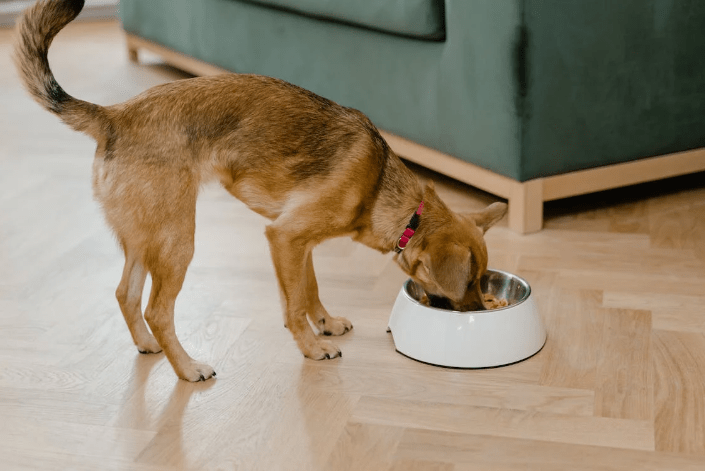Dogs can’t tell you about their likes or dislikes or when they’re hungry. It’s up to you to decode your dog’s actions and behavioral patterns to see if there is anything wrong with them or don’t feel the best.
As far as feeding your dog is concerned, you may wonder what your dog can and cannot eat or if certain eating habits they have are ordinary or signify a deeper issue. To know your dog better, learn more about some regular eating habits.
What Can Your Dogs Eat?
Specific foods that are safe for humans are toxic for your furry friend, while other foods may be good to give them as a treat or even for their daily meals.
In general, most fruits and vegetables can be consumed by dogs except for grapes (even raisins), onions, avocado, garlic, lemons, and limes. Additionally, you should not give your dog chocolate, coffee, alcohol, and tea.
Number of Meals
Your dog should stick to a regular feeding schedule to be trained for their potty breaks. Predictable feeding times will also let your dog feel a sense of security and instill an expected routine for them.
The number of times your dog eats per day is dependent on its breed and weight, but as a general rule, you should feed your dog at least twice a day. It should be typically breakfast and dinner to give them a break between feeding times.
Eating Strange Things
On occasion, you may have noticed that your dog has been eating weird things such as grass, poop, dirt, or even insects. If it is not normal behavior, and your dog does it very rarely, you do not need to be worried.
However, if your dog eats a strange item and throws up afterward, you should consult a vet about possible digestive issues or an underlying health issue. Your dog may also be suffering from nutritional deficiencies, which can lead them to consume all sorts of things.
Eating Slowly
Specific breeds can eat their food within minutes, while other breeds may gaze at their food for hours or even leave their meals unfinished. It might be because your dog knows the meal will still be there even if they leave it for hours.
It could also signify that your dog has digestive issues or dental issues preventing them from eating their food at once. If your dog suddenly starts eating slowly, consult your vet about possible reasons this is happening.
Moving Food Around
Dogs are protective of their food instinctively and usually move their food dishes far away from possible interruptions before they begin eating. This is one behavior that you do not need to worry about, as all dogs are prone to behave this way.
If your dog is hyperactive, they will be more likely to move their food dishes often, even while they’re eating.
Observe Your Dog’s Eating Habits to Find More about Them
When you know your dog well enough to distinguish between normal eating behavior and new strange habits, you will immediately be able to tell when there is something wrong with them.
It’s important to constantly observe your dog for any new manners or eating habits so you can find out if they’re healthy or not. It can be that there is nothing wrong with them, but it is still better to be cautious, especially when it comes to feeding your dog.

